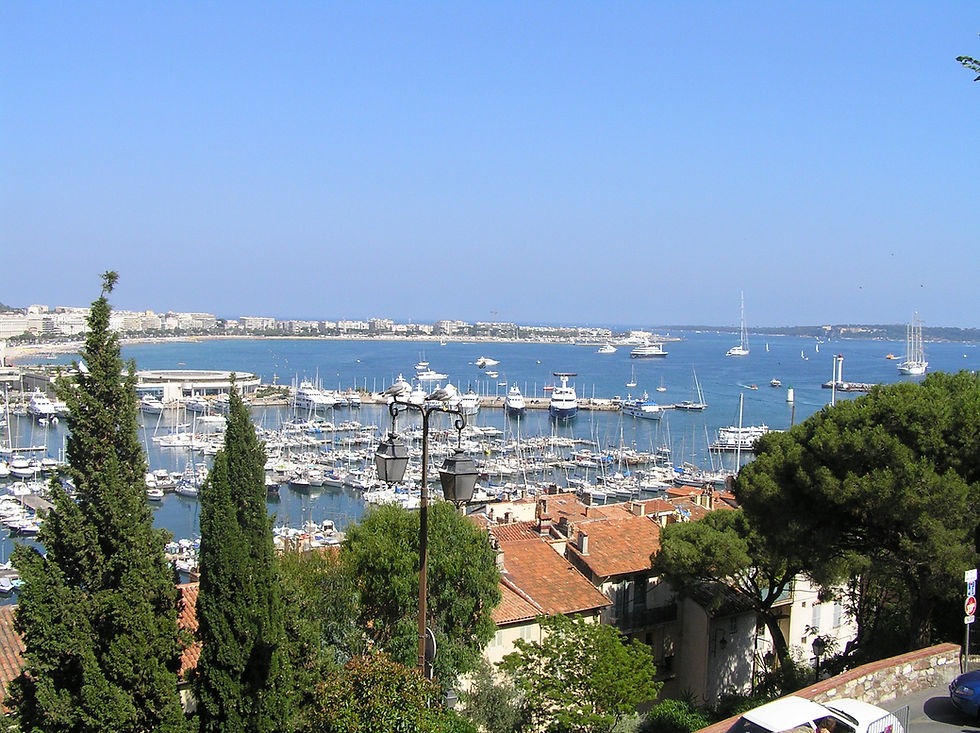St Ninians Church Ninekirks steeped in Brougham history
- David Brougham

- Sep 12, 2023
- 3 min read
Updated: Jan 28, 2024
Hidden away on the banks of the river Eamont, approximately 3 to 4 miles east of Brougham Hall, sits the old church of St Ninians, known locally as Ninekirks. This used to be the Parish Church of Brougham. Inside are several memorials to various Broughams over the ages.

The church used to be an old Norman church in what used to be a small village. However, the village was relocated down the valley in the 13th century by Robert de Vieuxpont, Baron of Westmorland, to create a hunting ground, now known as Whinfell Park. The church and graveyard remained but subsequently fell into disrepair. Lady Anne Clifford, when taking up her inheritance, rebuilt and renovated Ninekirks between 1659-60, as she did with many castles and houses owned by the Clifford family. Her initials, AP, (Anne Pembrooke) can be seen above the alter together with the date when the work was completed, 1660. The only significant change since Lady Anne's restoration work was that a porch was added in 1841.
"And the beginning of this Summer, a little before my comeing out of Westmorland, did I cause the Church of Nine Kirke to be pull'd down and new built up againe in the same place, larger and bigger than it was before, which was finished the latter end of the Summer. And this Church of Nine Kirke would in all likelyhood have fallen downe it was not soe ruinous, if it had not bin repayred by mee"
Extract from Lady Anne Clifford's diary 1659
Inside the church there are many memorials, including many to the Broughams of Brougham Hall.
Alongside the memorials are also three funerary hatchments of Brougham Family members. A funerary hatchment, normally on a black diamond, depicts the heraldic achievements of the deceased. The three pikes, associated with the Brougham name, can be seen on all of them to the left, reflecting the male Brougham ancestry.

This is Lord Henry Peter Brougham's Hatchment (1778-1868). It has the Brougham moto - Pro Rege Lege Grege, 'For the King, the Law and the People'. It is interwoven with the heraldic background of his wife, Mary Anne Eden.

Eleanora Symme (1750-1839) who married Heny Brougham (1742-1810), father to the first Baron, Henry Peter Brougham. Eleanora Symme was the daughter of Rev. James and Mary Symme from Edinburgh. Eleanora and Henry were married on 22 May 1778.

Elizabeth Richmond (1680-1729), who married Peter Brougham (1677-1732), the brother of John Brougham (1676-1741) who originally bought Brougham Hall for £5,000. The marriage to Elizabeth, lifted the status of the Brougham family and increased their fortune to a greater extent. Elizabeth was the second daughter of Christopher Richmond of Highead Castle.
The church has many wonderful features including the oak box pews, family pews with canopies, an excellent screen, and a three-decker pulpit. The simple alter is made of oak. Origianlly built with plain glass windows but some changed to stained glass in the memory of loved ones that had passed away. The church remains very much as Lady Anne Clifford had rebuilt and renovated. The sister church next to Brougham Hall, St Wilfred's, which again was rebuilt and restored by Lady Anne Clifford in 1659, but this church went through further changes internally thanks to Lord Brougham who added a number of European features and artifacts. Outside the two churches look very similar in design, though St Wilfred's does not have a porch like the one added to Ninekirks in 1841.
The Church is now maintained by The Churches Conservation Trust.
Pictures of St Ninians Church Ninekirks. (C) 2023 David Brougham
The lost coffin at St Ninians Church Ninekirks
In his autobiography, The Life and Times of Henry, Lord Brougham, the first Lord Brougham recalls a funny story about his Grandfather's funeral, Henry Brougham, (1719-1782).
Neither of his sons (Henry and John) were then in Westmorland, and Charles, Duke of Norfolk, who was an intimate friend of the family attended as chief mourner. At the funeral feast, which preceded the funeral, His Grace addressed the guests: 'Friends and neighbours, before I give you the toast of the day, the memory of the deceased, I ask you to drink to the health of the family physician, Dr. Harrison, the founder of the feast.
There were more toasts, and the funeral procession set out for Ninekirks, a distance of three miles. At the church, the hearse and procession was met by the vicar but the coffin had disappeared! On searching back it was found in the river at a place where, driven by a drunken coachman, the hearse had lurched against a rock. The outer oak coffin had broken to pieces, the lead had remained intact, too heavy to be carried away by the stream.
The shock and the scandal produced by all this had a sobering effect on everybody, and put an end to such disgraceful orgies in the county!'
Henry Peter was eventually burried at Ninekirks.
Photos. © David Brougham 2023

















































